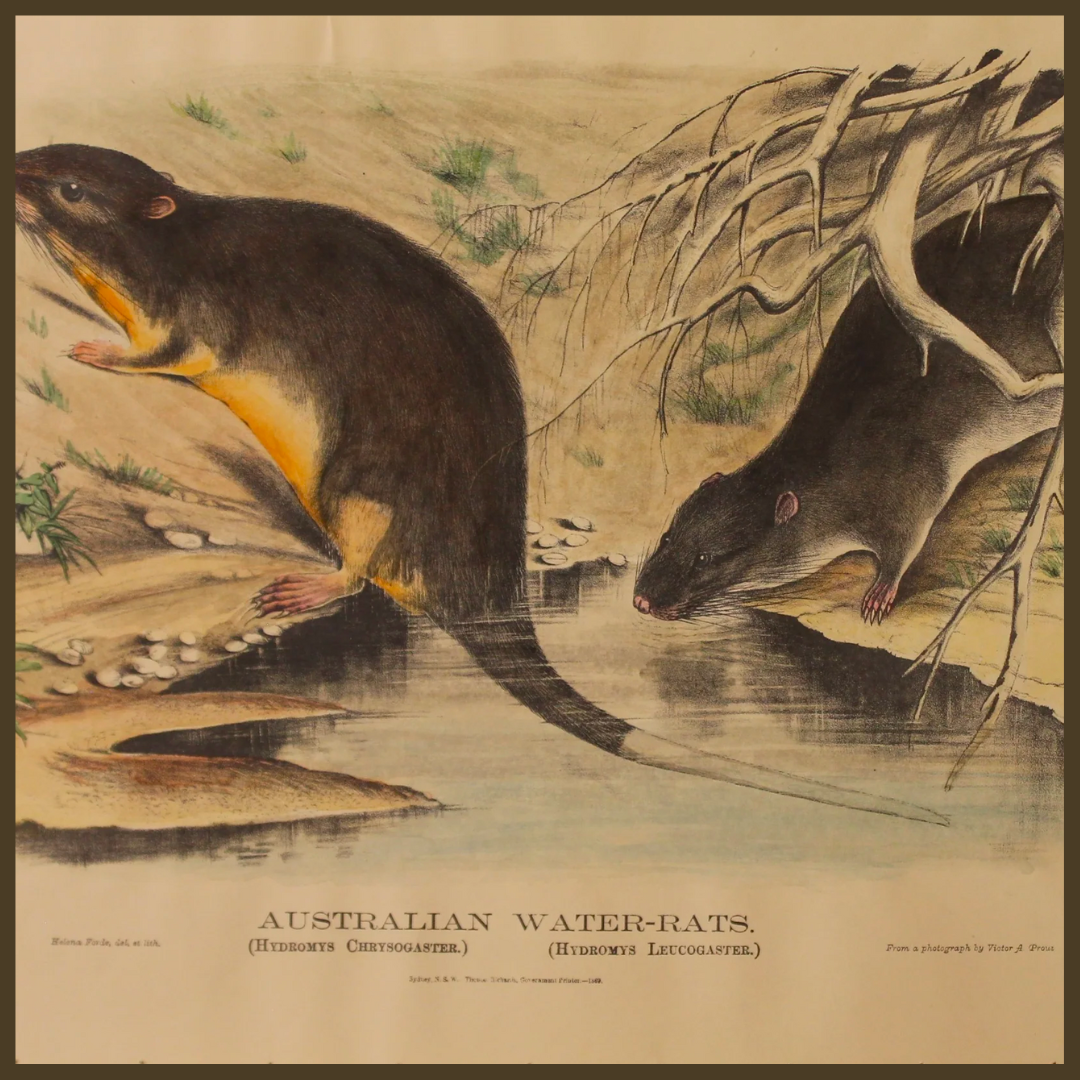
THE BRITISH VOLUNTEERS
Share
The wars for supremacy throughout the Continent and Great Britain raged for many years. The early 1800’s found England in the possession of a large body of Volunteers who were raised in a hurry and intended only to meet a sudden emergency at home.
The British Volunteer force came about as a response to the threat of attack from the Continent. The volunteer force was a part time organisation for the sole purpose of home defence in the event of an invasion. As a country, Britain lived under the constant fear that an attack was imminent.
The British army was heavily deployed across European and troops at home were very few and far between. In 1794 the British government under George III, was threatened with invasion by the French Revolutionary Army.
The fear of a French Invasion was a very real and terrifying threat for the British people. The Prime Minister of the time, Mr Pitt, passed a bill which invited the Lords Lieutenant of the British Counties to raise volunteer troops of cavalry to be composed of gentlemen and yeomantry. The yeomen were country people who farmed land as freeholders or tenant farmers.
The Yeomen were not only volunteers but provided their own horse and uniform unlike the militia, who came from a lower social class and would not have afforded a uniform or even owned a horse. Service in militia was compulsory for those selected by ballot and were not wealthy enough to hire a substitute. The government provided arms and ammunition. As a mounted force, they were highly mobile and could respond at speed. They were organised in troops and were based in the main towns of the county.
In 1803, Napoleon I had amassed a great army at Boulogne in site of the coast of Great Britain. The British cruisers held the Channel, week after week, month after month until the Battle of Trafalgar that forever put to rest Napoleon’s ambitious dream of the conquest of England. British Volunteer strength peaked in 1803 at a total of some 440,000. For this reason the Volunteers of 1803 were raised but with the defeat of Napoleon and once the danger was averted, the volunteers were disbanded.
The threat of a war with France swept the country after the exposure of the Italian and British “Orsini attempt” to assassinate Napoleon by throwing a bomb under his carriage. This event exposed the inability of the small peacetime British Regular Army to defend Great Britain as well as the now vast colonial Empire. In 1859 following the assignation of Napoleon 111, there was thought to be enough need to bring about the creation of yet another Volunteer Force. The perceived threat of invasion by the much larger French Army was such that even without sending any further troops to Europe, Britain’s military defences were invitingly thin.
The widespread popular demand was initially not in favour but in 1859, the ministry gave way to popular demand and sanctioned the formation of a Corps of Volunteers.
Originally volunteer corps were to consist of approximately100 volunteers with all ranks under the command of a captain with some county locations having subdivisions of 30 some men. The Volunteer units whose services had been sanctioned by Queen Victoria in the 1850’s became the senior rifle corps of the new force.
These units initially favoured the colours green and grey, the colours then used by the British rifle units as opposed the red coats of the infantry and engineers of the army and militia. The provision of the volunteers having to purchase their own rifles and uniforms was felt to exclude the lower classes. Unlike regular rifle regiments, the volunteer units often had colours made and presented to them by the women of the community.
All of these loosely defined units were eventually pulled together by the 1881 reforms under one badge, the Volunteers. They were then consolidated into battalions until 1908 when the Territorial Force replaced the Volunteers.



